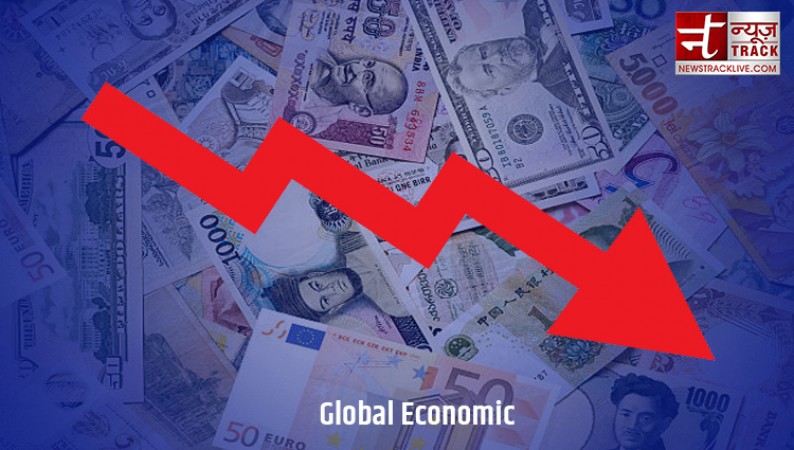
USA: Leading forecasters have raised their confidence since the start of the year in the ability of the US Federal Reserve and other central banks to make a soft landing for the global economy or avoid a cyclical recession altogether.
According to this theory, inflationary pressures will soon ease, allowing policy makers to stop raising interest rates and support a sustained increase in economic activity later in 2023 or in the early months of 2024.
While the world economy recovers from its recent soft patch, higher employment levels and modest wage growth will support consumer and business spending in the short term.
Also Read: G20 Meet in Ranchi To Deliberate Critical Area of Energy
Additionally, the much larger and labor-intensive services sector will keep things moving, while the smaller and more energy-intensive manufacturing sector undergoes cyclical adjustments to get rid of excess inventories.
While this scenario is optimistic, it is still less likely than the economy experiencing a significant and protracted cyclical downturn or outright recession during 2023.
In December 2022, world industrial production is expected to be no higher than a year earlier in December 2021, as consumer spending slowed due to higher inflation and excess inventories.
The manufacturing slowdown is consistent with the onset of previous recessions in 2001, 2008 and 2020, as well as mid-cycle recessions in 2013 and 2015, after which the economy rebounded.
Manufacturers and distributors are working to reduce excess inventory following overordering as a result of supply chain disruptions in 2020 and 2021, resulting in a further slowdown in global trade and freight movement.
Also Read: India's real GDP growth projections revised: Moody's
The Netherlands Bureau of Economic Policy Analysis' "World Trade Monitor," CPB, February 24, 2023 found that global trade volume is expected to decrease by about 3% in December 2022 compared to December 2021.
The severity of cyclical contraction on the business side of the economy is demonstrated by the sudden drop in business that is associated with the onset of a recession rather than just a mid-cycle downturn.
When a temporary "soft patch" occurred in the past, the Federal Reserve and other major central banks usually responded by holding interest rates low or lowering them to support activity levels.
However, in this case, it is predicted that the US central bank will continue to raise rates during the next six months, adding an additional 75 basis points to the 450 basis points that have already been implemented.
In this cycle, interest rates have been rising from an unusually low base, but since the 1960s, cumulative increases of this size have generally been preceded by full-blown recessions.
As a result of continued strength in the job market and inflation in the services sector, rates are now projected to rise further and remain high for a longer period.
As services sector inflation continues to rise faster than initially estimated, expectations for the end of 2023 are still running high.
The belief among rate traders is that an increase of this magnitude would result in a very significant slowdown in business activity, inflation, or both.
Also Read: India's Q3 2022-23 GDP grew at 4.4 pc
Since September 1981, when the economy was beginning to emerge from the second phase of the exceptionally severe double-dip recession, the yield curve for US Treasury securities of two-year and ten-year maturities has become more inverted.
After accounting for core inflation, the U.S. The S&P 500 Broad Equity Index is down 13% this month in 2021, also in line with a severe cyclical downturn.